Perspective versus perception: A Review of Edgar Allan Poe’s Tell-Tale Heart
“Now this is the point. You fancy me mad. Madmen know nothing. But you should have seen me. You should have seen how wisely I proceeded—with what caution—with what foresight—with what dissimulation I work! I was never kinder to the old man than during the whole week before I killed him” (Bloom, 2009).
Was the person in “The Tell-Tale Heart” really driven mad due to an unnerving eye or were they a murderous deviant? Maybe the truth is within both concepts. The Tell-Tale Heart tells a story about a person (the narrator) who attempts to convince the reader of their mental stability while simultaneously describing a murder they committed. Written at a time when mental health was still a developing concept (JH Bloomberg School of Public Health, 2013), The Tell-Tale heart explores perception versus perspective from an antagonist standpoint. On one hand, one could advocate for the mental instability of the narrator, but on the other hand, one could state this is a case of a narcissist, murderous psychopath. Much like modern literary works such as You by Caroline Kepnes, A Tell-Tale heart allows the reader to go on a journey from the “bad guy’s” perspective and often they view themselves as the protagonist in the story. But perhaps they are.
Perspective and perception are two concepts that shape our existence. We all have different experiences, upbringings, values, and morals that shape how we view the world (perception) and how we interpret the world (perspective). Our perspective and perception may be influenced by external factors such as societal norms and laws. There is a school of thought that says perception is reality and there is some truth to this statement. A person’s perception may not be a reality, but it may be their reality. So now, let us juxtapose this aspect over “The Tell-Tale Heart.” If the person thought that they were sane, but everything around them was “distorted” then is not this their reality. At what point are they deemed not the protagonist?
Blurred lines between perception, perspective, and reality can be terrifying as we see in “The Tell-Tale Heart.” Now, let us take perception and perspective a little further and examine what is going on in our society with racial injustices. A group of people perceive to be oppressed and another group has a different perception, that the group is not oppressed. Both perceptions are complicated by the perspectives of everyone in the respective groups. In this paradigm, it may be easy to concede that we can agree to disagree, but what if there is an action that accompanies these perceptions and perspectives? Now, there must be a decision on if the action was warranted. People that have the same perspective and perception may agree with the action while the opposing group does not, but everyone believes they are correct in their feelings and thoughts.
The person in “The Tell-Tale Heart” had perceptions and perspectives that may have been distorted by readers, but they were not to the person. They were the protagonist in their mind and everything else was distorted around them. Isn’t this how we are to some extent? So, you see, anyone can be the person in “The Tell-Tale Heart.”
“Very, very, dreadfully nervous I had been and am; but why will you say that I am mad? (Bloom, 2019).
https://www.poemuseum.org/the-tell-tale-heart
References
Bloom, H. (2009). Edgar Allan Poe’s the tell-tale heart and other stories. Infobase Publishing.
JH Bloomberg School of Public Health. (2013, November 7). Origins of mental health. Johns Hopkins Bloomberg School of Public Health. https://www.jhsph.edu/departments/mental-health/about-us/origins-of-mental-health.html

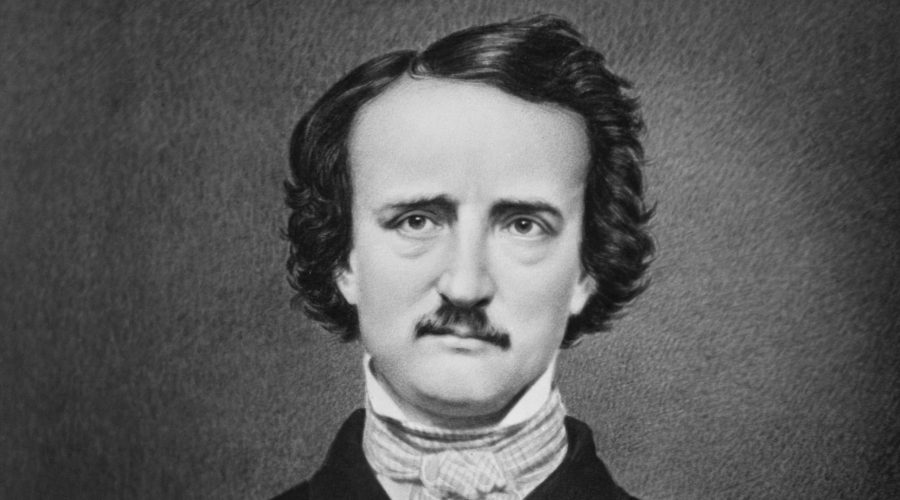

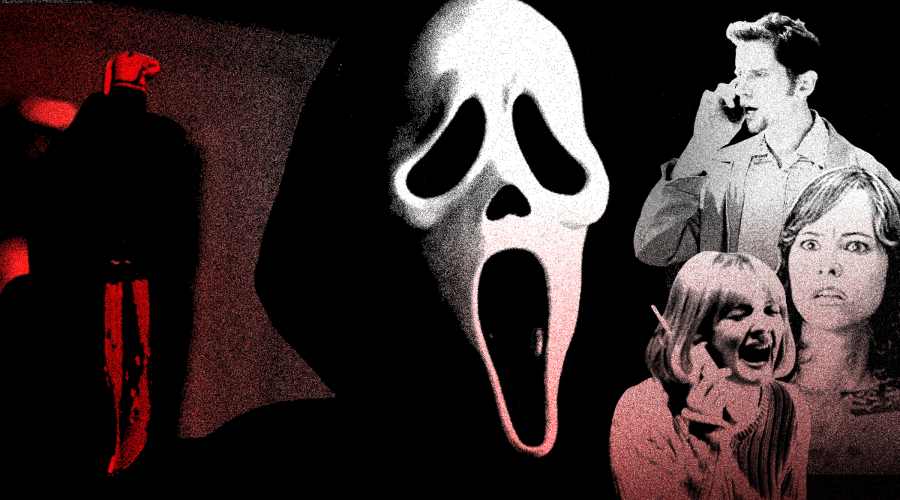

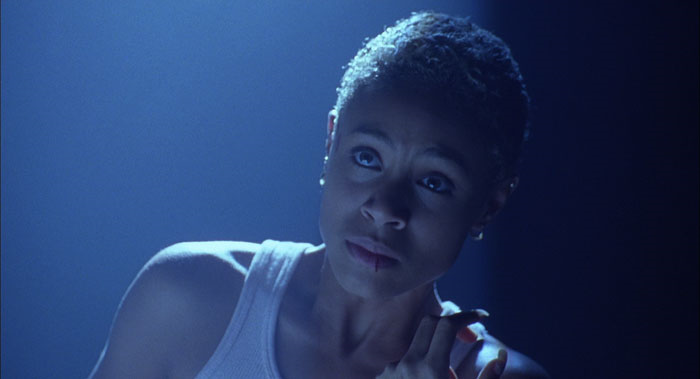


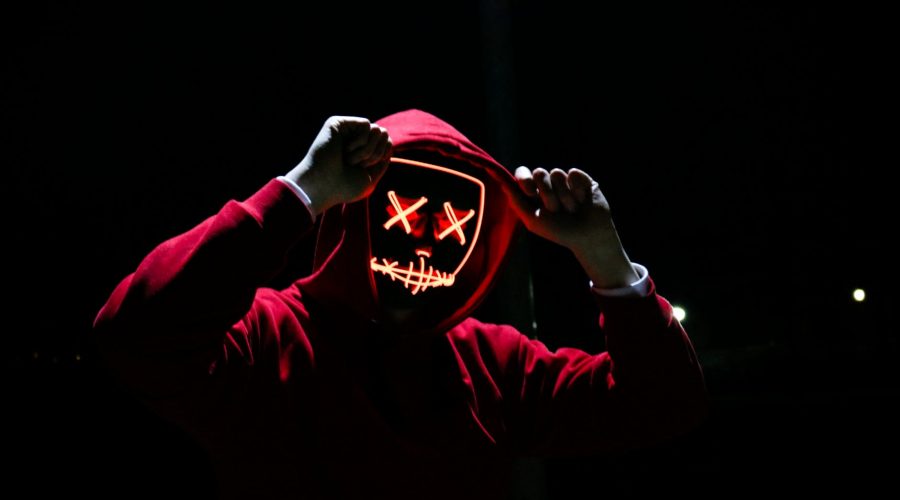
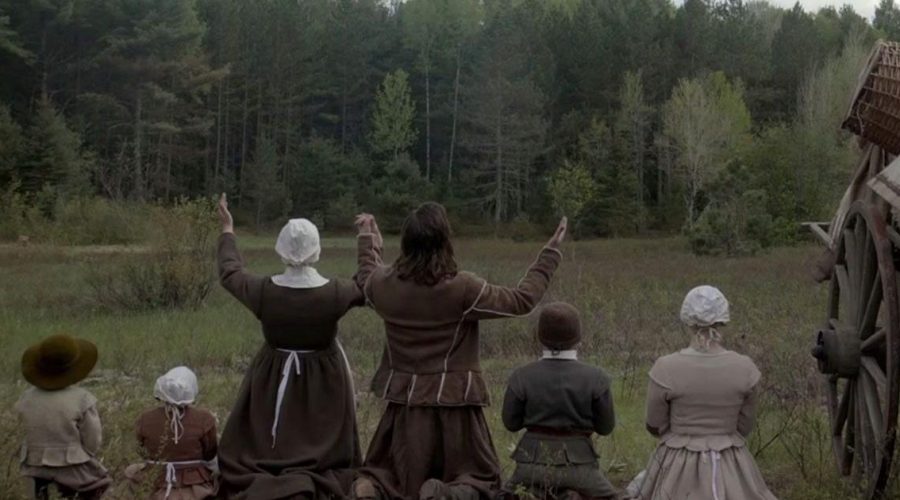

Recent Comments